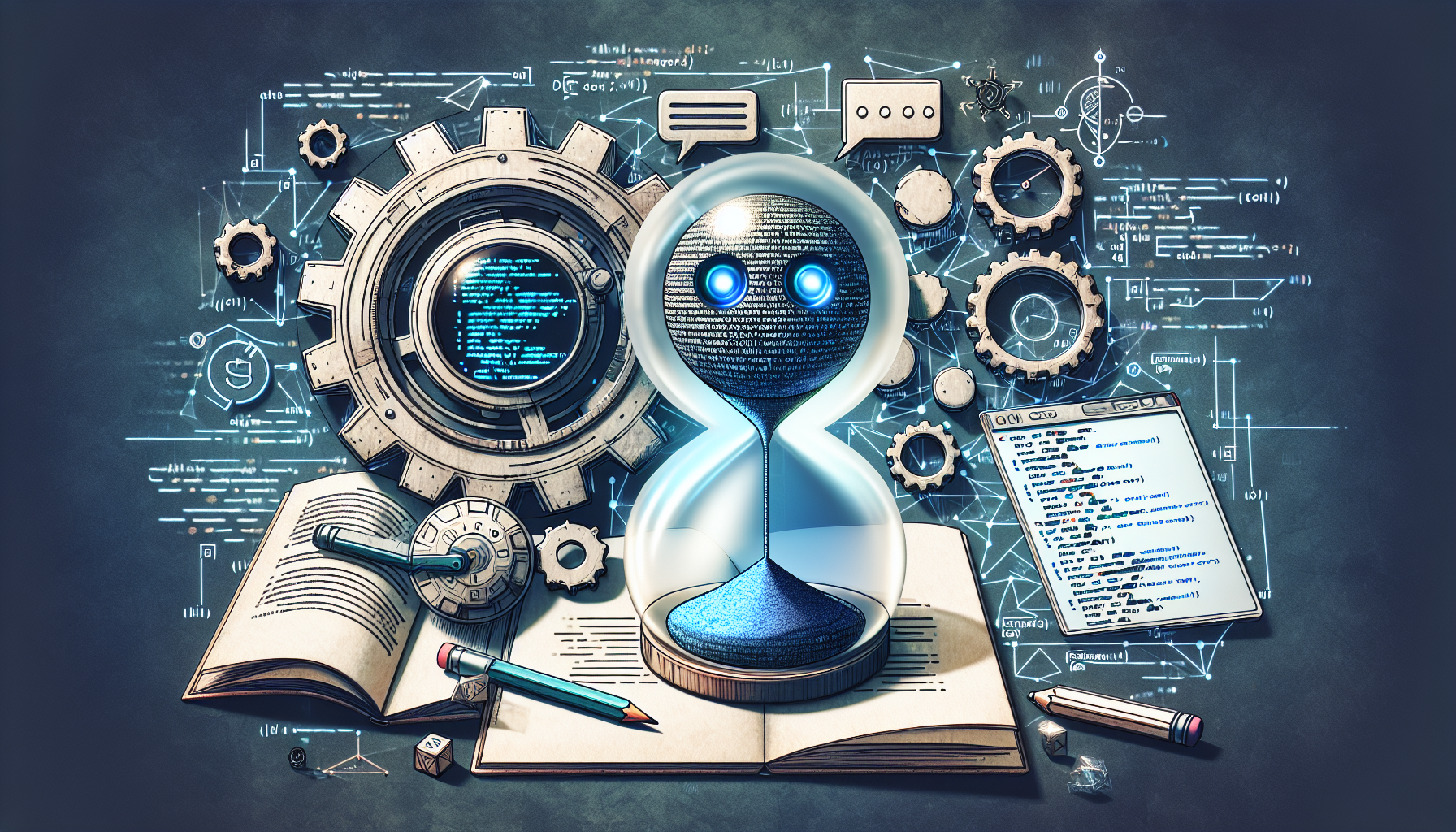Understanding ChatGPT and Its Capabilities
ChatGPT is an advanced language model developed by OpenAI that uses artificial intelligence (AI) to generate human-like responses. Combining natural language processing (NLP) with machine learning, ChatGPT can assist users in various tasks, from content creation to brainstorming ideas. This tool can dramatically enhance productivity across several domains, including work, education, and creative projects.
Setting Up ChatGPT for Your Needs
To maximize productivity using ChatGPT, setting it up effectively is crucial. Here’s a step-by-step guide:
-
Access the Platform: OpenAI offers ChatGPT through various platforms, including API access and dedicated applications. Sign up and choose the version that best aligns with your objectives.
-
Customize Parameters: Use the API to set parameters like prompt length, response style, and tone. Tailoring these settings helps deliver outputs that match your requirements.
-
Understand User Instructions: ChatGPT thrives on clear instructions. Be concise and specific about what you need. For example, instead of saying, “Write about digital marketing,” say, “Explain three effective digital marketing strategies for small businesses.”
Integrating Automation Tools
Integration of automation tools complements the capabilities of ChatGPT. Automation tools can handle repetitive tasks, allowing you to focus on more intricate aspects of your work. Here are some powerful automation tools to consider:
-
Zapier: Connects different web applications to automate workflows. For example, you can set it to save ChatGPT responses directly into Google Sheets or send them as email drafts.
-
IFTTT: This tool operates on the principle of “If This, Then That.” Use it to automate tasks between diverse services, like generating tweets from ChatGPT outputs or scheduling blog posts.
-
Trello: Use Trello to manage projects more efficiently. Automation can add cards based on ChatGPT outputs and set deadlines or notifications automatically.
Workflow Optimization with ChatGPT
-
Content Creation: Whether you’re blogging, developing social media posts, or drafting newsletters, ChatGPT can generate content quickly. Start by outlining your topic and feeding the model specific prompts.
- Example: If the subject is “sustainable fashion,” instruct: “Create an engaging blog post outline about sustainable fashion trends in 2023.”
-
Research Assistance: Use ChatGPT to gather information quickly. Instead of combing through numerous articles, ask specific questions.
- Example: “What are the key benefits of renewable energy sources?”
-
Brainstorming Sessions: When creativity stalls, input prompts like “List 10 blog post ideas about personal finance” to spark fresh concepts.
-
Email Drafting: Crafting professional correspondence is simplified. Input necessary details, and ChatGPT can draft polite responses and template emails.
-
Language Translation Assistance: Though not as robust as dedicated translation services, ChatGPT can provide quick translations for informal purposes.
Enhancing Collaboration with ChatGPT
-
Team Meetings: Use ChatGPT to prepare meeting agendas or summarize discussions. Feed direct inputs like meeting topics and desired focus areas to receive effective drafts.
-
Task Management: When working with teams, harness ChatGPT to create task lists or delegate responsibilities. After specifying focus areas, generate structured to-do lists that can be shared among team members.
-
Feedback Aggregation: ChatGPT can help synthesize feedback from various team members into coherent summaries, facilitating easier decision-making processes.
Leveraging Data Automation
Combining ChatGPT with data automation can create a seamless experience. Use tools like Google Sheets for data collection and utilize scripts to process inputs and outputs:
-
Data Entry: Automate data entry tasks by using ChatGPT to generate content based on input from spreadsheets.
-
Reports Generation: Regularly compile reports using ChatGPT to analyze data trends. For instance, connect it to tools that extract data and send prompts demanding analysis information.
-
Sales Funnels: Employ automation in CRMs. ChatGPT can draft messages for various stages in a sales funnel based on inputs from customer interactions, simplifying customer relationship management.
Advanced Uses of ChatGPT in Productivity
-
Customer Service Automation: Design chatbots powered by ChatGPT for FAQ sections on your website. They can respond to common queries, reducing the burden on customer service teams.
-
Learning and Development: Create personalized learning paths using ChatGPT. Feed it your learning objectives and it can curate resources or suggest reading lists.
-
Personal Assistant Tasks: Integrate ChatGPT into your daily routine to set reminders, schedule appointments, and manage lists—all achievable through voice commands.
Measuring Productivity Gains
To truly gauge the impact of ChatGPT and automation tools, it’s vital to establish a method of measurement:
-
Time Tracking: Use tools like Toggl or Clockify to measure time spent on tasks before and after implementing ChatGPT and automation.
-
Output Quality: Evaluate work quality through peer reviews or self-assessments. Over time, improved clarity and creativity should emerge.
-
Task Completion Rates: Monitor the number of completed tasks on Trello or similar tools pre- and post-implementation.
Combining ChatGPT with AI Tools
Utilizing ChatGPT alongside other AI tools creates a synergistic effect that maximizes productivity:
-
Grammarly: Employ Grammarly with ChatGPT to enhance the quality of written content through real-time editing and suggestions.
-
Canva: Use Canva for visuals while employing ChatGPT to generate accompanying text for social media graphics, brochures, or presentations.
-
Notion: Integrate ChatGPT in Notion for note-taking and providing quick drafts for documents or project outlines.
Final Tips for Getting the Most Out of ChatGPT
-
Stay Updated: AI tools evolve constantly. Regularly check for updates or new features within ChatGPT for optimized performance.
-
Community Engagement: Join forums and user groups focused on ChatGPT and other automation tools. Sharing experiences can yield valuable insights and strategies to enhance productivity.
-
Practice Iteration: Don’t hesitate to rephrase queries or explore multiple approaches when engaging with ChatGPT to find the most effective method that works for your context.
By following these structured guidelines and employing effective integration strategies, you can significantly boost productivity through ChatGPT and automation tools, streamlining processes while fostering creativity and collaboration.


